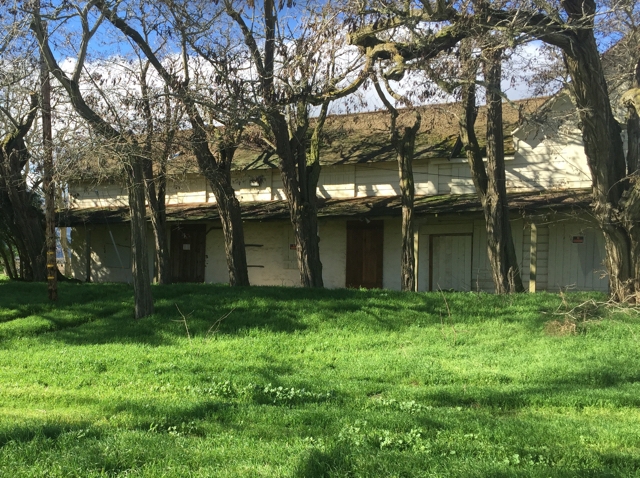I’m a born-and-bred Californian. I’ve been fortunate to have lived in every compass point of this state. The Salinas Valley, though, is without question my favorite spot. It has it all — a small town feel, natural beauty, an openness just not found in this state much anymore and a quintessential California past.
The Salinas Valley is a microcosm of California history. It has a little bit of all the historical highlights that define this State. Much of it has been preserved and restored, providing a glimpse into our past that broadens our understanding of how we came to be defined as Californians.
As in so many locations, native peoples were the Valley’s first inhabitants. There’s a fascinating park in Gilroy, Chitactac-Adams Heritage County Park, that provides unique insight into the native culture of Santa Clara County. You can actually see and touch bedrock mortars where acorns were ground for food. Without someone thinking to preserve this area, the cultural significance of what took place there would have been lost to us.
The Spanish, who arrived in the 1700s, also left an indelible imprint on this area. Their architecture and style still permeates our communities and neighborhoods, in large part because much has been preserved.
As Spanish control waned, though, the newly independent Mexican government stepped into the area, granting numerous land grants to Mexican and Anglo pioneers. In Monterey and San Benito County, 88 ranchos were created. That lifestyle brought with it a framework for life here — ranching and farming — and the progress that comes as cities and communities grow. The upside of progress is, well, progress; the downside is that we have a tendency to “pave over paradise and put up a parking lot.” Thank you Joni Mitchell!
Most of the structures associated with the various ranchos are long lost to the passage of time. Of those still standing, the Jose Eusebio Boronda adobe, built in 1846, is the most well-preserved and is, actually, now part of the Boronda Abode History Center on the west side of Salinas. Not too far down the valley, off Highway 101, is the Los Coches Adobe with a history just as significant to the Valley.
It began in 1841 when Governor Juan Alvarado granted 8,794 acres of land to Maria Josefa Soberanes, daughter of a very distinguished Monterey family, south of Soledad that extended along the Arroyo Seco and Salinas rivers. She named it Rancho Los Coches, the pigs. (The reason is lost to the ages.) Since she was married to William Richardson, a transplanted tailor from Baltimore, Maryland, it also came to be known as Richardson Rancho.
In 1843, the actual adobe home was built. It was added to throughout the years and remarkably, even 174 years later, much of it is still standing. Fortunately, there’s a move afoot to rehabilitate this once beautiful adobe. Those involved want to honor its importance to our history, because in its heyday it was a happening place!
In the mid-1850s, it was a stop on the San Juan Bautista-Soledad stage line and then became a popular inn on the Butterfield Overland Stage route running between San Francisco and Los Angeles. When the Southern Pacific Railroad tracks finally reached Soledad in 1872, the area became a popular stopover for travelers and a place to stay before getting on a Coast Line Stage Company coach for the trip south to Los Angeles.
The demise of the Rancho was caused by the drought that took hold of the valley in the early 1860s. Its severity was devastating to the ranchero lifestyle and it systematically brought that period of history to a close in the Valley. Land was sold at bargain prices to entrepreneurial Americans who changed the landscape from pastoral to agricultural. David Jacks, one of the Valley’s early enterprising residents purchased Rancho Los Coches in 1865.
Almost 100 years later, his daughter, Margaret Jacks, donated the adobe and 10 acres of land to the State of California and the granddaughter of William B. Richardson, Adeline Richardson O’Brien, donated a marker identifying her ancestral home. When you stand beneath the locust trees still on the property, planted by Richardson so many decades ago, you can’t help but marvel at the longevity of this family residence, turned post office, turned stage coach stop and inn, turned historical landmark.
Let’s make sure we don’t lose this significant representation of our Valley’s colorful history. Support the preservation efforts by those in government and local historical organizations and associations of this iconic piece of Salinas Valley history.




